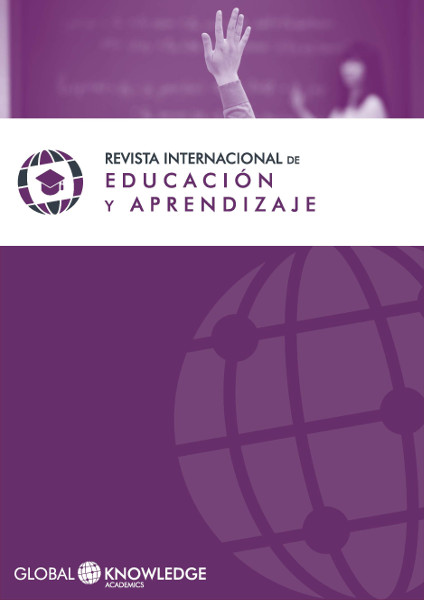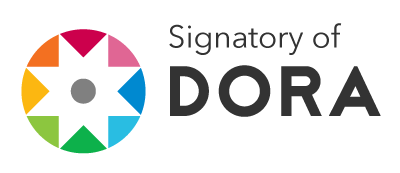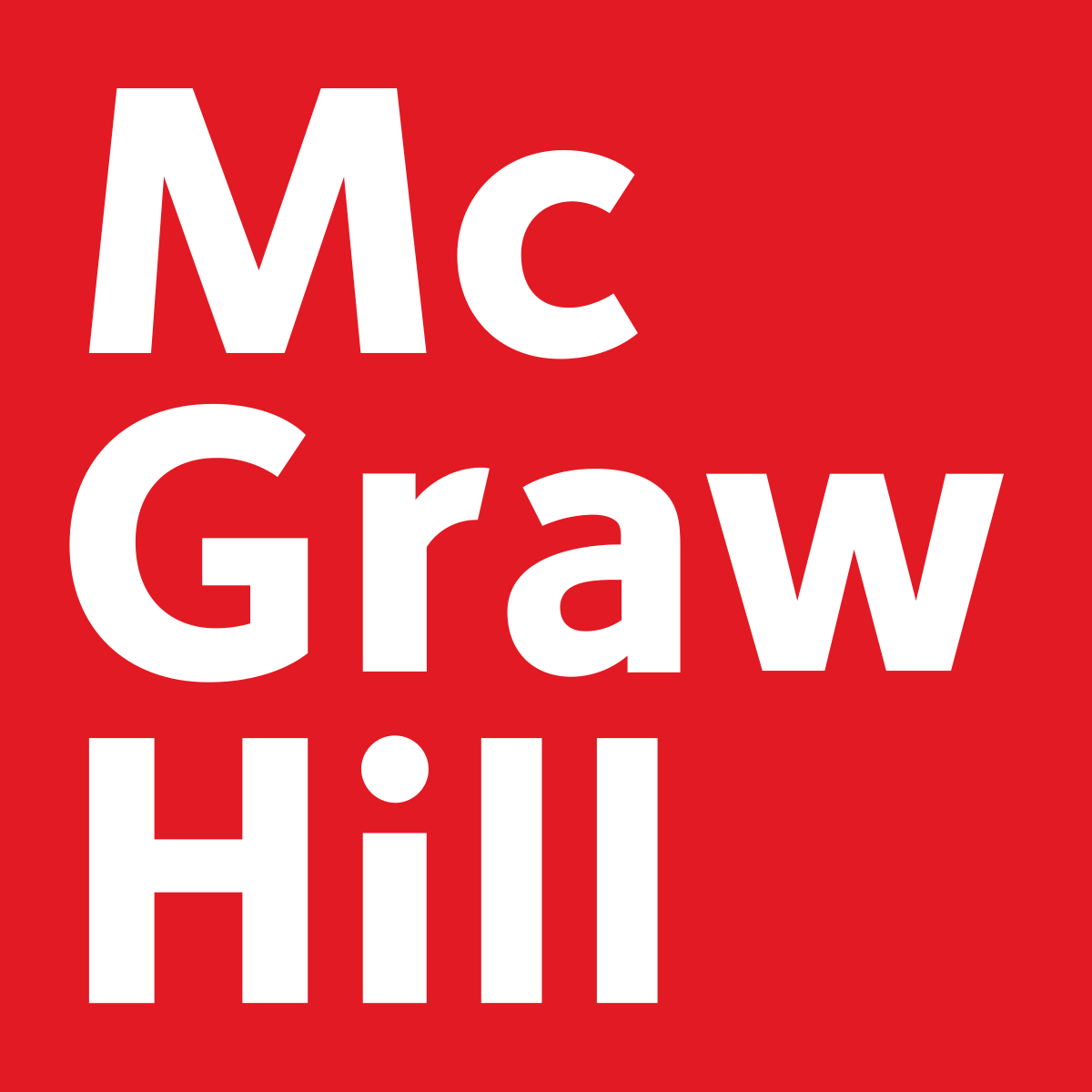Mexico: Linking Public University with the Working Sector
DOI:
https://doi.org/10.37467/gka-revedu.v4.192Keywords:
Bonding, Graduates, Skills, Unemployment, PovertyAbstract
This research arises from the desire to discover why young graduates of Higher Education Institutions in Mexico (HEI), find it difficult to find work, many others are inserted in activities that do not match with their profile, even though they have received a high quality education. It will perhaps ¿be that graduates do not have the skills required to contend in the current context of globalization? This research analyzed from a statistical perspective the trend highlighted by the Organization for Economic Cooperation and Development (OECD-2012) in relation with the unique phenomenon that occurs in Mexico among the member countries of the international organization, because the higher unemployment rate occurs among the most educated people. However the policy that links Higher Education Institutions (HEIs) with the labor sector in Mexico is raised for the first time in the 1989-1994 Education Modernization Program; after more than two decades the National Institute of Statistics, Geography and Informatics (INEG, 2014), indicates that the Unemployment Rate among people with higher education accounted to 78.4% and 60% underemployment; contrary to it noted that unemployment for the population that has completed junior high school studies represented 21.6% and 40% underemployment.
Downloads
Global Statistics ℹ️
|
866
Views
|
401
Downloads
|
|
1267
Total
|
|
References
Aguirre Botello. (2014). Competitividad México y Países de América. Recuperado de: http://www.mexicomaxico.org/Voto/CompetitividadPaisesAmerica.htm
Anuies. (2012). Informe preliminar Mercado laboral de profesionistas en México: diagnóstico 2000-2009 y prospectiva (2012-2015). México: ANUIES.
CEPAL. (2012). Crecimiento, empleo y distribución de ingresos en América Latina. Recuperado de: http://www.cepal.org/es/publicaciones/5355-crecimiento-empleo-y-distribucion-de-ingresos-en-america-latina
Hanushek y Ludger Woessmann. (2012). Las proyecciones del PIB 2011 2011. Documento encar-gado por el Seguimiento de la EPT Report 2012” For further information, please contact Informe 2012.
INEGI. (2012). Encuesta nacional de ocupación y empleo. Indicadores estratégicos. (mayo, 2012). México: INEGI.
INEGI. (2012). Resultados de la encuesta nacional de ocupación y empleo cifras durante el tercer tri-mestre de 2012. Boletín de prensa núm. 401/12 9 de noviembre de 2012 Aguascalientes.
INEGI. (2013). Encuesta Nacional de Gastos de los Hogares (ENGASTO) 2012. Boletín de presa Núm. 414/13 29 de octubre 2013. ENIGH.
INEGI. (2013). Encuesta Nacional de Ingresos y Gastos de los Hogares 2012. Principales resultados. ENIGH.
INEGI. (2014). Resultados de la Encuesta Nacional de Ocupación y Empleo (ENOE, primer trimestre). Boletín de prensa núm. 208/14 ENIGH. Recuperado de: http://www.inegi.org.mx/est/contenidos/espanol/rutinas/glogen/default.aspx?t=ehenoe
INEGI. (2014). Boletín de prensa núm. 439/14 17 de octubre 2014, Aguascalientes, México. Recuperado de: Tasas calculadas respecto a la población ocupada. http://www.inegi.org.mx/inegi/contenidos/espanol/prensa/comunicados/ocupbol.pdf
INEGI. (2014). Boletín de prensa Núm. 244/14; 22 de mayo 2014. Recuperado de: www.inegi.org.mx/inegi/contenidos/.../boletines/boletin/.../comunica.pdf
OCDE. (2010). Habilidades y competencias del siglo XXI para los aprendices del nuevo milenio en los países de la OCDE. Instituto de Tecnologías Educativas, para esta edición en español. Publicado con el acuerdo de la OCDE, París. Recuperado de: http://recursostic.educacion.es/blogs/europa/media/blogs/europa/informes/Habilidades_y_competencias_siglo21_OCDE.pdf
OCDE. (2011). Education at a Glance 2011: OECD Indicators. OECD.
OCDE. (2011). Panorama de la Educación. Indicadores de la OCDE 2011. Informe Español. España: Ministerio de Educación, Cultura y Deporte. DOI: https://doi.org/10.1787/eag-2010-es
OCDE. (2012). Perspectivas OCDE: México Reformas para el cambio. OCDE.
OCDE. (2012). Panorama de la Educación. Indicadores de la OCDE 2012. Informe Español. España: Ministerio de Educación, Cultura y Deporte. Recuperado de: http://todofp.es/dctm/todofp/panorama-ocde2012.pdf?documentId=0901e72b81416fd3
OCDE. (2013). Panorama de la Educación. Indicadores de la OCDE 2013. Informe Español. España: OCDE-SANTILLANA. DOI: https://doi.org/10.1787/eag-2012-es
OCDE. (2013). México- Nota País- Resultados de PISA -2012. OCDE.
OCDE. (2014). Society at a Glance 2014 – Indicadores sociales de la OCDE- México. Recuperado de: Recuperado de: http://www.oecd.org/centrodemexico/medios/SAG2014-KeyFindings-Mexico%20ESPA%C3%91OL.pdf
OCDE. (2014). All on board: making inclusive growth happen. OCDE. Recuperado de: http://www.oecd.org/inclusive-growth/All-on-Board-Making-Inclusive-Growth-happen.pdf
OIT. (2012). La crisis del empleo de los jóvenes: Hechos sobresalientes del informe de la CIT 2012. Ginebra, Suiza: CIT. Recuperado de: http://www.ilo.org/wcmsp5/groups/public/---ed_emp/---
Organismos Educativos Internacionales (2012). La Educación y el Banco Mundial de México. Re-cuperado de: http://organismoseducativosinternacionales.blogspot.mx/2012/08/la-educacion-y-el-banco-mundial-de.html
Klaus Schwab (2014). The Global Competitiveness Report 2013–2014. Full Data Edition, World Economic Forum.
Hanushek, E. A. & Woessmann, L. (2013). Perfiles: México. SITEAL.
STPS. (2012). México. Informe laboral. Subsecretaria de empleo y productividad laboral, octubre 2012.
STPS. (2014). México. Informe laboral. Subsecretaria de empleo y productividad laboral, junio 2014. Recu-perado de: http://www.observatoriolaboral.gob.mx/swb/es/ola/tendencias_del_empleo_profesional?page=7
SEP. (2009). Dr. Rodolfo Tuirán. Informe nacional sobre la educación superior en México. México: SEP.
SITEAL. (2013). Perfiles de países México. Sistema de Información de Tendencias Educativas en América Latina.
Vries y Navarro. (2011). ¿Profesionistas del futuro o futuros taxistas? Los egresados universitarios y el mercado laboral en México. Recuperado de: http://noticias.universia.net.mx/tag/%BFProfesionistas-del-futuro-o-futuros-taxistas/
UNDP. (2011). HDI values and rank changes in the 2011 Human Development Report. México: UNDP.
UNDP. (2013). México: HDI values and rank changes in the 2013 Human Development Report. The Rise of the South: Human Progress in a Diverse World. Recuperado de: http://hdr.undp.org/sites/default/files/Country-Profiles/MEX.pdf
UNESCO. (2012). Los jóvenes y las competencias. Trabajar con la educación. Informe de segui-miento de la EPT en el mundo. Recuperado de: http://unesdoc.unesco.org/images/0021/002175/217509S.pdf http://www.unesco.org/new/es/education/themes/leading-the-international-agenda/efareport/reports/2012-skills/
World Economic Forum (2015). Competitives Rankings. Recuperado de: http://reports.weforum.org/global-competitiveness-report-2014-2015/rankings/#indicatorId=GCI.B.06
Downloads
Published
How to Cite
Issue
Section
License
Those authors who publish in this journal accept the following terms:
-
Authors retain copyright.
-
Authors transfer to the journal the right of first publication. The journal also owns the publishing rights.
-
All published contents are governed by an Attribution-NoDerivatives 4.0 International License.
Access the informative version and legal text of the license. By virtue of this, third parties are allowed to use what is published as long as they mention the authorship of the work and the first publication in this journal. If you transform the material, you may not distribute the modified work. -
Authors may make other independent and additional contractual arrangements for non-exclusive distribution of the version of the article published in this journal (e.g., inclusion in an institutional repository or publication in a book) as long as they clearly indicate that the work was first published in this journal.
- Authors are allowed and recommended to publish their work on the Internet (for example on institutional and personal websites), following the publication of, and referencing the journal, as this could lead to constructive exchanges and a more extensive and quick circulation of published works (see The Effect of Open Access).













